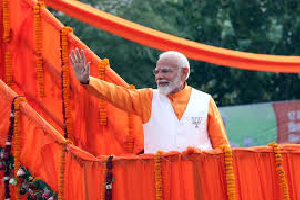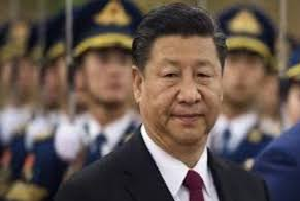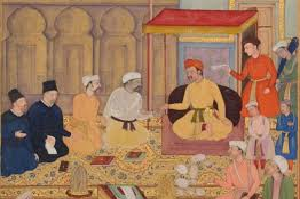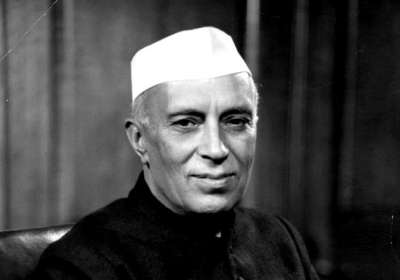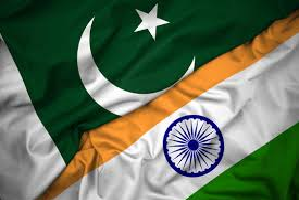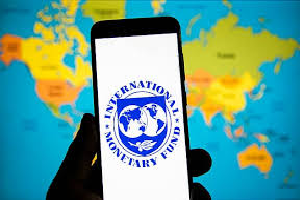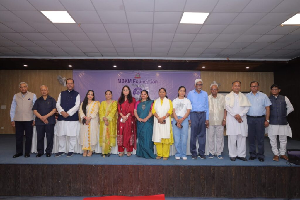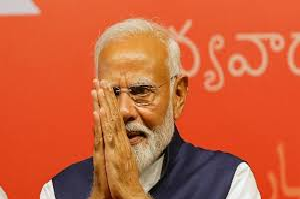18

Prof Shivaji Sarkar
New Delhi, 18 June 2024
Indians are hopeful of a new petroleum pricing regime with Saudi Arabia refusing to renew the 50-year-old US-Saudi Petrodollar Agreement that expired early June. Indeed, there may be a new agreement with Saudi Arabia, but expecting a cheaper deal is to remain a dream as the Rial is pegged to the dollar.
It may gradually open up new avenues in the global economy. The petrodollar system replaced gold as the standard of value which enabled the US to maintain dominance over international trade and allowed the US govt to control the world's energy market.
The Saudi decision marks a significant departure from the longstanding financial arrangement between the two nations established in 1974. The arrangement to recycle petrodollars positioned the US dollar as the primary currency for international oil transactions.
Article at a Glance
The 50-year-old US-Saudi Petrodollar Agreement has expired, potentially leading to a new pricing regime for petroleum. However, expecting a cheaper deal is unrealistic for India, as the Rial is pegged to the dollar. The decision by Saudi Arabia to sell oil in multiple currencies, including digital currencies, marks a significant departure from the longstanding financial arrangement with the US.
The petrodollar system, established in 1974, replaced gold as the standard of value, enabling the US to maintain dominance over international trade and control the world's energy market. The end of this agreement may influence global economic dynamics and the value of the US dollar.
India, which imports a significant portion of its crude oil from Saudi Arabia, may see minimal benefits, as the Saudis prefer deals in Rial or dollars. India's trade deficit with Saudi Arabia amounted to $31.31 billion in the last financial year.
India has begun discussions on settling trade in local currencies with various countries, including Saudi Arabia, the UAE, Indonesia, Brazil, Argentina, South Africa, Senegal, and Tanzania. However, progress has been slow, and India may have to continue with the present system, facing high forex outgo and potentially higher domestic prices for petroleum.
The crucial decision to not renew the contract enables Saudi Arabia to sell oil and other goods in multiple currencies, including the Chinese RMB, Euros, Yen, and Yuan, instead of exclusively in US dollars. The potential use of digital currencies like Bitcoin may also be considered. It is more theoretical. Despite the scrapping of the agreement, the ties continue.
The benefit to India could be minimal. The Saudis want a deal in Rial or dollar and not so much in rupee. Even a rupee deal if hypothetically agreed would not help India as the outgo would remain the same. A better option available to India is trading with Iran in rupee. The Iranian crude is supposed to be one of the best. The US has forced India to scuttle its ties with Iran.
The original petrodollar agreement was signed on June 8, 1974, by US Secretary of State Henry Kissinger and Prince Fand Ibn Abdel Aziz of Saudi Arabia. It was a period marked by the aftermath of the Arab oil embargo and a notable spike in international oil prices.
Under the agreement, Saudi Arabia agreed to price its oil exports exclusively in US dollars and invest its surplus oil revenues in US Treasury bonds. It was promised US military, security, and economic development assistance in return. This system replaced gold as the standard of value which enabled the US to maintain dominance over international trade and allowed the US govt to control the world’s energy market. Although the agreement was signed by the Saudi govt, almost all OPEC countries use the US Dollar to sell their oil in the international market. The agreement was meant to stabilize the oil market. In reality, it never happened.
The petro-dollar influenced the global economic dynamics. It was a clever US ploy to create a constant demand for US dollars as the currency was required for oil transactions. The value of the US dollar increased significantly, and it reinforced the currency’s status as the primary reserve currency of the world. It allowed the US to run larger trade deficits and maintain lower interest rates than would otherwise be possible.
In the changed situation it would be interesting to watch how the value of the dollar changes or not. In the immediate context, India cannot expect a lower value of the dollar. That is why the Reserve Bank of India is gradually shifting to gold as a parallel currency for international trading. The gold despite appreciating has less market cost than the dollar. If the dollar falls, which at present looks improbable, gold would provide the cover.
According to data from the Centre for Monitoring the Indian Economy and the Bank of Baroda, Saudi Arabia accounted for about 16.6 percent of India's crude oil imports.
India imported $170B in crude petroleum in 2022, becoming the third largest importer in the world. In the same year, crude was the first most imported product in India.
India's trade with Saudi Arabia in 2022-23 amounted to $52.76 billion, with exports at $10.73 billion and imports at $42.04 billion. As such, India had a trade deficit of $31.31 billion with Saudi Arabia in the last financial year.
India imports crude petroleum primarily from Iraq ($37.1 billion), Saudi Arabia ($32.7B), Russia ($25.5B), United Arab Emirates ($14.8B), and United States ($10.8B). The fastest-growing import markets in crude for India between 2021 and 2022 were Russia ($24.6B), Saudi Arabia ($14.8B), and Iraq ($12B).
India also exports crude petroleum. In 2022, $2.3 million worth of crude was exported, making it the 99th largest exporter of crude in the world. The main destinations of crude exports from India are South Korea ($2.19M), El Salvador ($86.8k), New Zealand ($19.1k), Tanzania ($1.41k), and Spain ($227).
Primarily, India is an importer. The benefit of refined Russian crude to Europe is pocketed by two private refineries. Now as the new Saudi system unfolds, India’s import bills are not likely to come down.
Major commodities of export from India to Saudi Arabia include engineering goods, rice, petroleum products, chemicals, textiles, food products, and ceramic tiles. Whereas, major commodities of import for India from Saudi Arabia are crude oil, LPG, fertilizers, chemicals, and plastic.
India and Saudi Arabia have begun discussions on settling their trade in local currencies.
Over the last year, India has pushed the use of the rupee globally, with the RBI announcing the setting up of a mechanism to settle global trade in rupees in July 2022. Early use of this system was seemingly for the purchase of discounted oil from sanction-hit Russia following its invasion of Ukraine in February 2022. However, the mechanism has not taken off, with reports emerging that negotiations over the settlement of bilateral trade in rupees between India and Russia had been suspended after Russia had accumulated billions of rupees in Indian banks which it could not use.
In recent months, India has entered into bilateral agreements to settle trade in local currencies, with a Memorandum of Understanding (MoU) to set up a Local Currency Settlement System being signed with the United Arab Emirates in July 2023. Discussions with Indonesia to settle cross-border transactions in local currencies have also begun. It is trying to have talks with Brazil, Argentina, South Africa, Senegal, and Tanzania. Not much progress is made.
India would have to continue with the present system and may have little relief in terms of global trade. International petroleum prices are unlikely to soften. The forex outgo would continue at the present level till the rupee attains an international status and Indian consumers would have to pay domestically a higher price.









